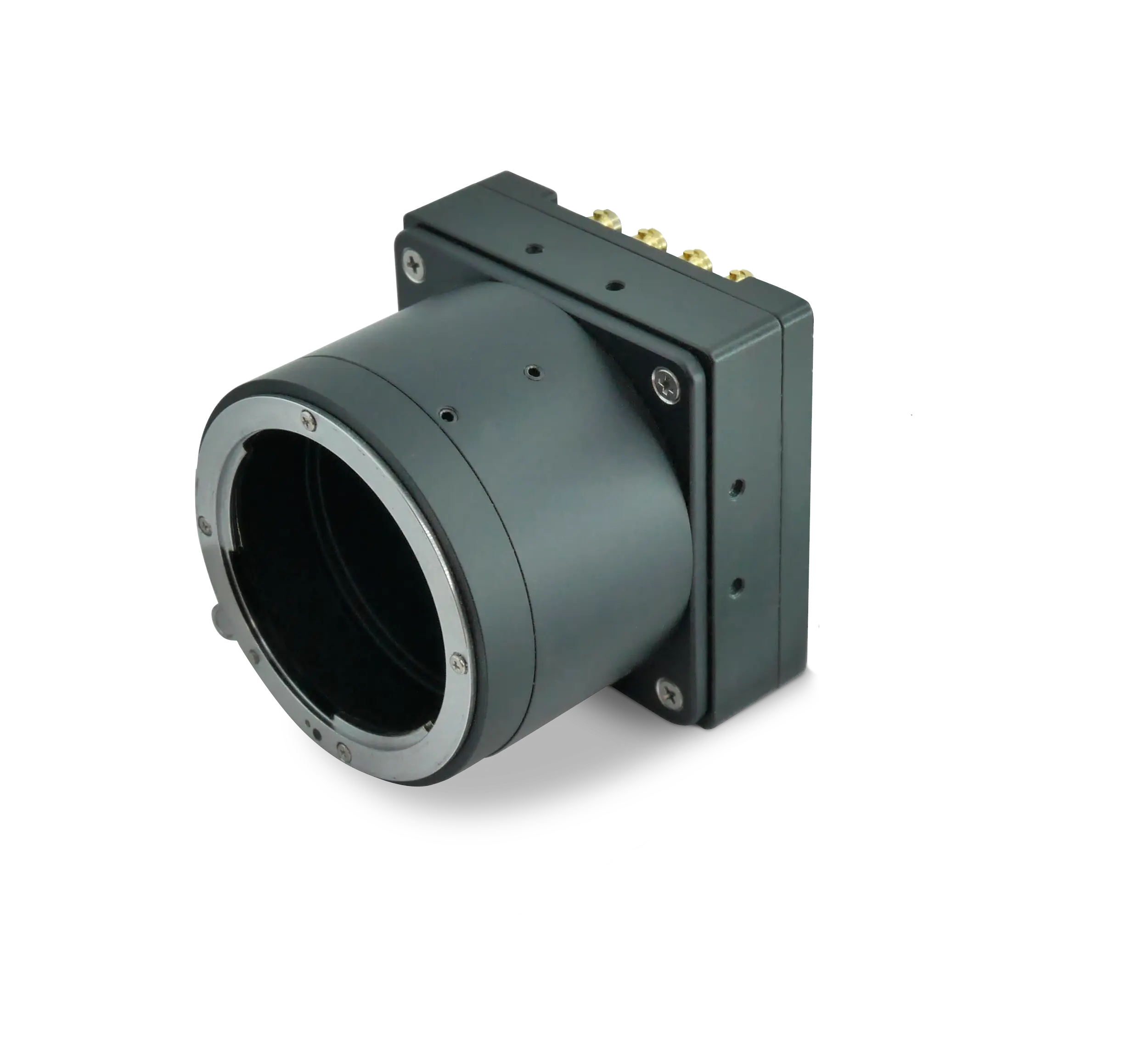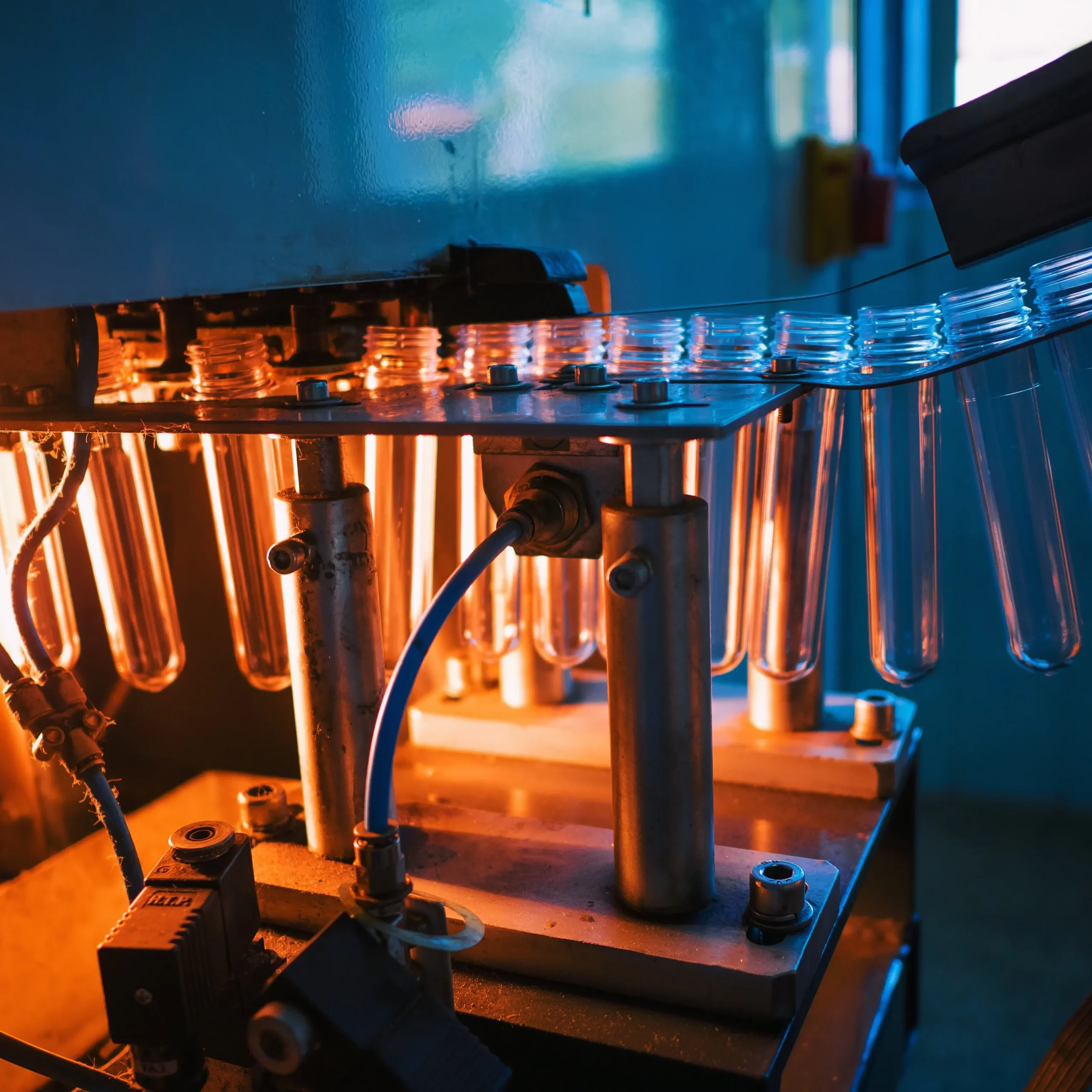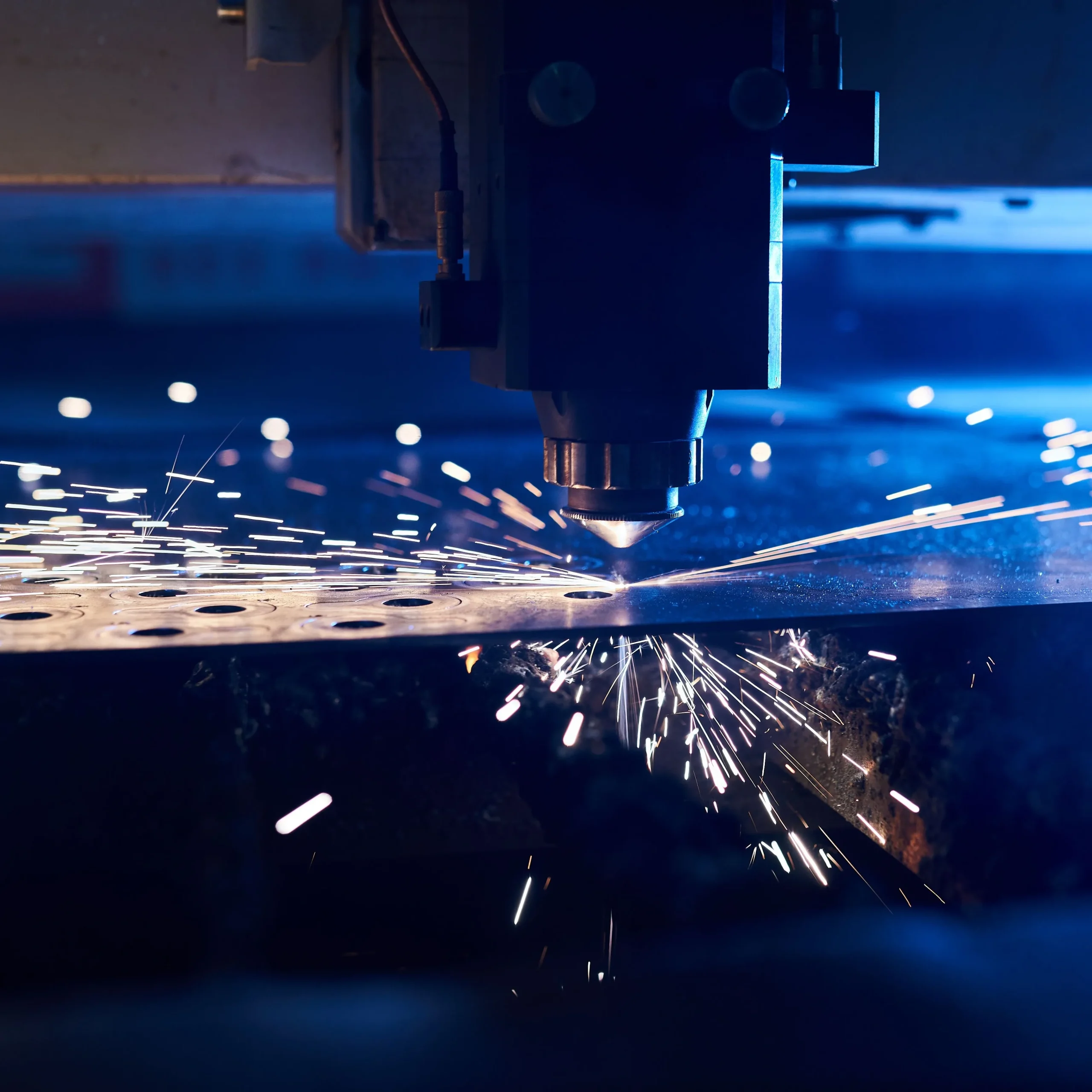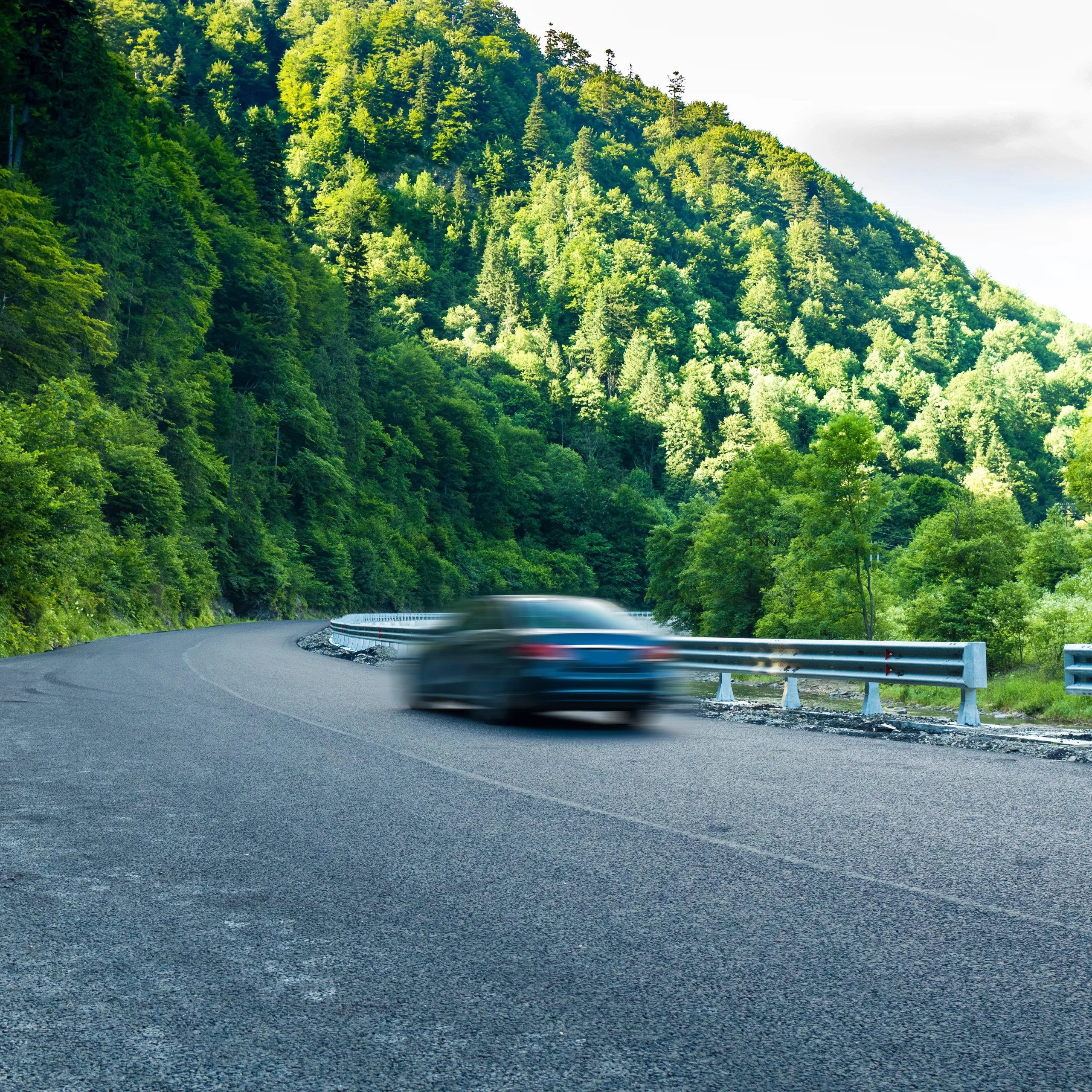What’s the best camera for semiconductor inspection?
Fab managers ask this every time new mask generations shrink below single-digit nanometers. The ideal sensor must resolve micro-cracks, particle contamination and layer misalignments that can destroy yield. Vision engineers often start with the Iron 4600 because it delivers 45-megapixel 8320 × 5456 native resolution, 4.4 µm pixel pitch and a measured dynamic range greater than 90 dB. These specifications let metrology stations image an entire 300-mm wafer without stitching, yet still reveal sub-micron defects at the die level. The camera’s CoaXPress v2.1 interface sustains up to 100 fps at 8-bit depth, so inspection never becomes a throughput bottleneck. Compared with 10GigE Vision or Camera Link, CoaXPress eliminates packet loss, offers built-in PoCXP power, and supports deterministic triggering—critical when lasers synchronize with strobed illumination.
The Iron 4600 uses a rolling shutter, which is ideal for stationary wafer tables. If you need a true global shutter to freeze motion on fast x-y stages, the Iron 4521 supplies APS-C coverage (23 mm diagonal) and reaches 232 fps at 8-bit depth. For tools that demand higher quantum efficiency in the visible and near-UV bands, the back-side-illuminated Iron 5514 BSI achieves >85 % QE at 520 nm and 275 fps with a global shutter, making it a strong candidate for overlay measurement or reflective mask inspection. Every Iron model offers programmable region-of-interest, frame-by-frame exposure control and GenICam compliance, so OEMs can integrate them into existing software stacks without rewriting code.
Beyond the headline numbers, practical deployment matters. The entire Iron family shares a rugged 75 × 75 mm metal housing that passes MIL-STD-810G shock (75 G) and vibration tests. Active sensor alignment at the factory minimises focal-plane tilt and offset, ensuring uniform sharpness across the full field. Combined with PoCXP single-cable power (<11 W draw), these attributes simplify gantry design and reduce contamination risks in ISO-class clean rooms. In short, start with the Iron 4600 for the broadest field-of-view, or select the Iron 4521/5514 BSI when motion blur or enhanced spectral response dominates your requirements.
Is CoaXPress better for 100 MP sensors?
When pixel counts climb toward 100 megapixels, raw data bandwidth explodes. A single 12-bit, 100 MP frame contains roughly 1.2 × 109 bits—about 150 MB. At a modest 30 fps that becomes 4.5 GB/s of sustained throughput. CoaXPress v2.1 meets this challenge with 12.5 Gb/s per cable; four micro-BNC connectors aggregate to 50 Gb/s (≈6.25 GB/s) with deterministic, low-latency transport. By contrast, 10GigE Vision tops out at 10 Gb/s (1.25 GB/s) and requires packet reassembly, while Camera Link Full is limited to roughly 850 MB/s and uses bulky cables that hinder clean-room routing.
Every Iron-series camera is built around CoaXPress for this exact reason. Even though today’s highest-resolution Iron 4600 is “only” 45 MP, its four-lane CXP-12 interface already prepares tool builders for denser sensors. Developers can validate FPGA logic and PCIe frame-grabber pipelines now and later drop in higher-resolution Iron models without changing mechanics or optics. Power over CoaXPress is another advantage: the CXP standard can deliver up to 17 W over the data link, yet Iron cameras typically consume less than 11 W, so they run cool while eliminating separate power harnesses. Fewer cables translate to simpler vacuum feed-throughs and reduced particle generation—both prized in front-end lithography modules.
Reliability also matters. Iron electronics demonstrate a calculated MTBF of 2.1 million hours at 50 °C and maintain performance after –40 °C to +80 °C thermal sweeps. Combined with 75 G shock resistance, these statistics give process engineers confidence that image-capture hardware will not become the weakest link in a multi-million-dollar fab line.
Why choose ultra-high-resolution machine-vision cameras?
Ultra-high-resolution cameras—often defined as 30 MP and above—unlock inspection, metrology and robotics tasks that conventional 5 MP sensors simply cannot solve. Semiconductor fabs illustrate this point vividly: modern 300-mm wafers hold tens of thousands of dies, each with line widths below 20 nm. Capturing the entire wafer in one frame while still resolving 200-nm defects demands pixel counts above 40 MP. With fewer images to stitch, overlay errors shrink and tool uptime rises because motion stages travel less.
Outside the fab, printed-circuit-board AOI lines reap similar gains. A 45 MP Iron 4600 paired with telecentric optics can inspect 0603 passives and micro-BGAs in a single shot, reducing cycle time by 30 % compared with tiled lower-resolution setups. In battery-cell production, 275 fps Iron 5514 BSI units detect dendrite formation on fast-moving electrode webs thanks to their back-side-illuminated global shutter. The same logic applies to aerospace composites, pharmaceutical blister packs and e-mobility gigacastings—industries where finer defect recognition at higher takt times directly improves yield.
Raw pixel count is only half the story. KAYA’s ultra-high-resolution cameras pair multi-megapixel sensors with low temporal noise (Iron 4600: <1.6 e–) and wide dynamic range (>90 dB), so bright aluminum bond pads and dark polysilicon trenches coexist in a single exposure. GenICam control exposes features such as defect-pixel correction, user-selectable LUTs and ROI capture, letting vision engineers tune algorithms in real time. Because every Iron body shares identical mounting patterns, OEMs can drop-replace models as inspection nodes evolve, protecting mechanical designs across multiple product generations.
Finally, ultra-high-resolution imaging feeds downstream analytics. AI defect classifiers trained on 8-k or 12-k images generalise better and overfit less, according to recent IEEE studies. The raw, lossless 12-bit streams delivered by CoaXPress flow directly into PCIe frame grabbers, minimising CPU overhead and accelerating GPU inference.
In summary, choosing an ultra-high-resolution camera such as the Iron 4600, Iron 4521 or Iron 5514 BSI amplifies throughput, defect sensitivity and AI performance—delivering measurable ROI wherever microscopic faults translate into macroscopic warranty costs.
